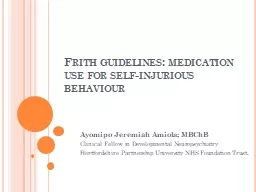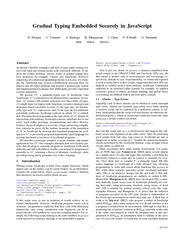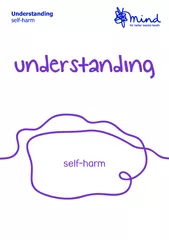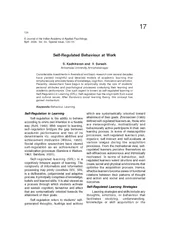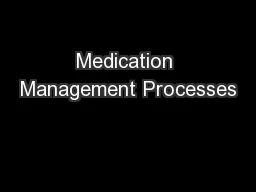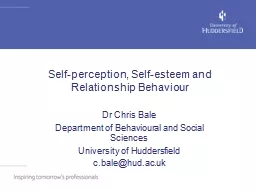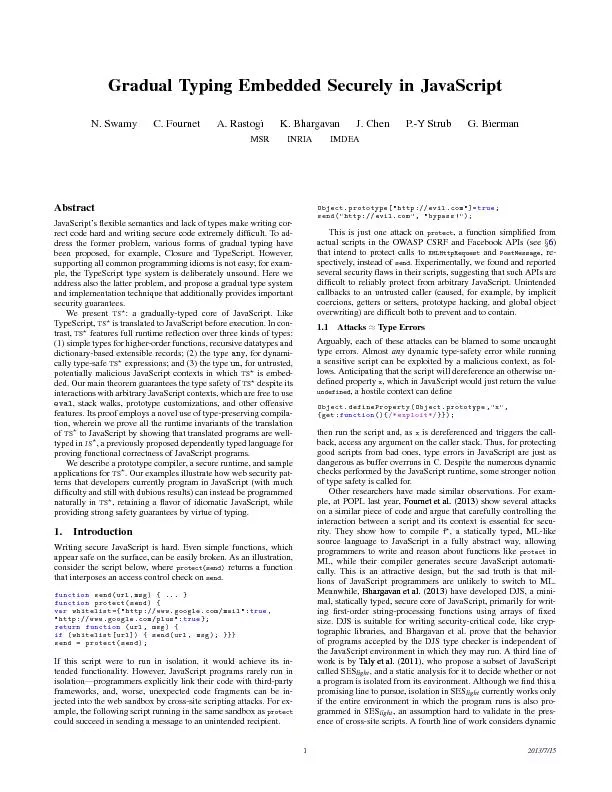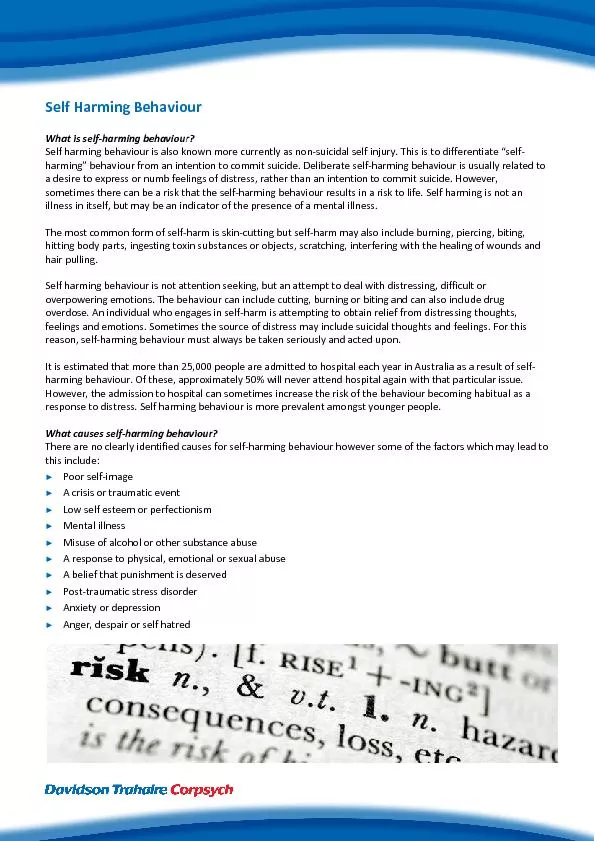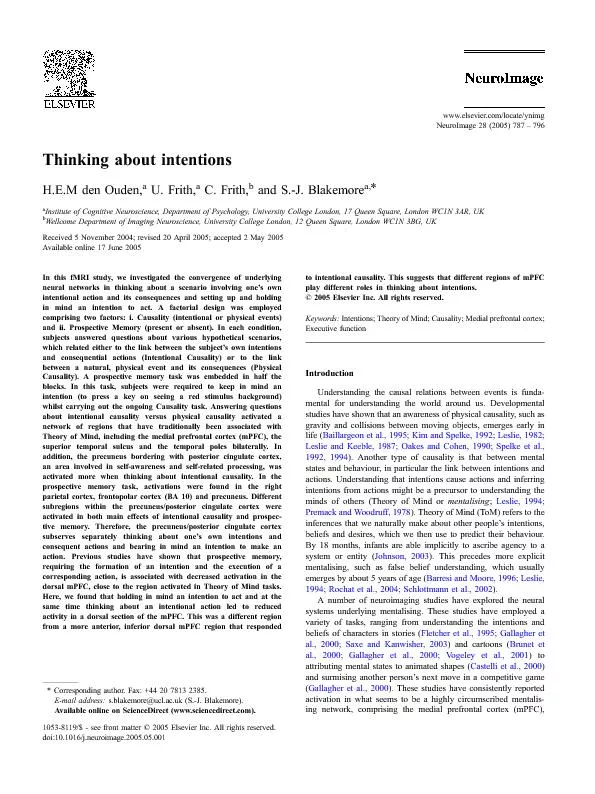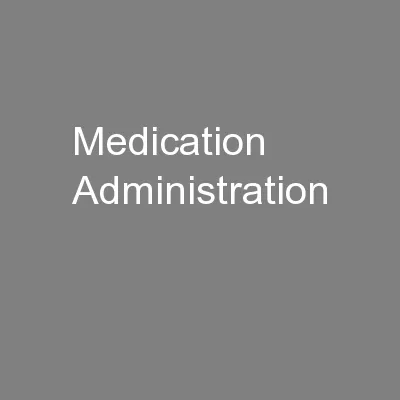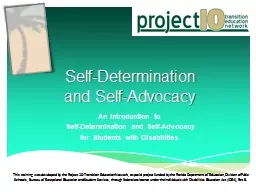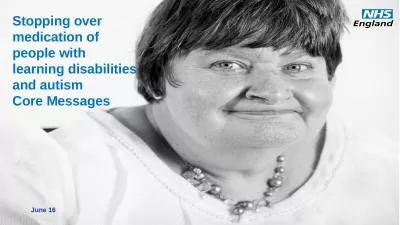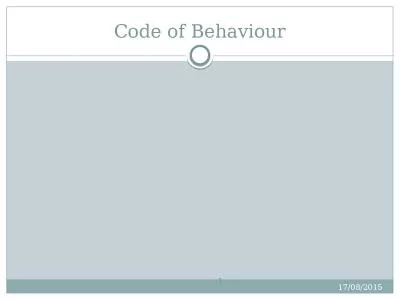PPT-Frith guidelines: medication use for self-injurious behaviour
Author : DreamCatcher | Published Date : 2022-08-02
Ayomipo Jeremiah Amiola MBChB Clinical Fellow in Developmental Neuropsychiatry Hertfordshire Partnership University NHS Foundation Trust OUTLINE Background Definition
Presentation Embed Code
Download Presentation
Download Presentation The PPT/PDF document "Frith guidelines: medication use for sel..." is the property of its rightful owner. Permission is granted to download and print the materials on this website for personal, non-commercial use only, and to display it on your personal computer provided you do not modify the materials and that you retain all copyright notices contained in the materials. By downloading content from our website, you accept the terms of this agreement.
Frith guidelines: medication use for self-injurious behaviour: Transcript
Download Rules Of Document
"Frith guidelines: medication use for self-injurious behaviour"The content belongs to its owner. You may download and print it for personal use, without modification, and keep all copyright notices. By downloading, you agree to these terms.
Related Documents

